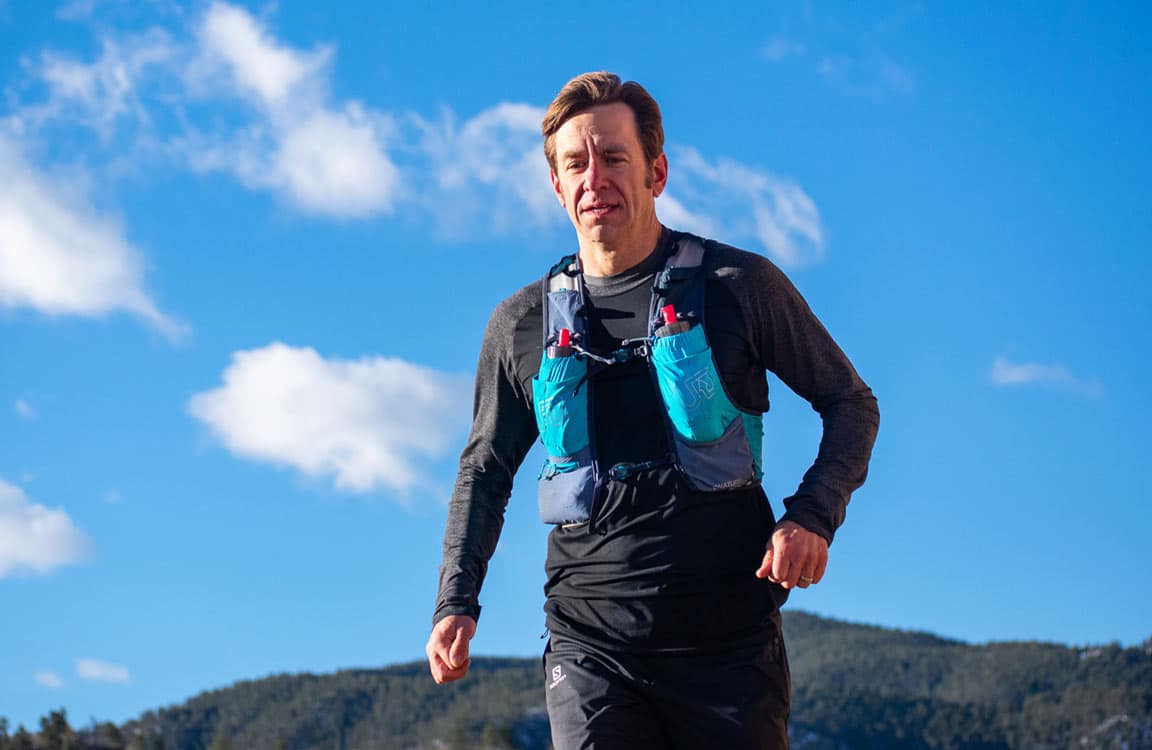
The Science Behind When to Run vs. When to Hike
By Jason Koop,
Head Coach of CTS Ultrarunning
This summer we had the pleasure of having Jackson Brill as one of our summer interns. Along with being a sponsored runner for Salomon, Jackson is also an undergraduate at the University of Colorado Integrative Physiology department. The University’s biomechanics department is spectacular and was pushed into the forefront of the scientific community largely through the research of Professor Rodger Kram. Today, it serves as host to the ‘steepest treadmill in the universe’ capable of reaching slopes of 45 degrees (or a 100% grade). To put that into context, the backside of Hope Pass on the Leadville Trail 100 course roughly a 10 degree slope (18% grade).
One question the lab and our astute intern are currently trying to solve is ‘When should you run and when should you hike on steep terrain?’. This question has been asked by ultrarunners for years and the answer has thus far proved to be elusive. Coaches and athletes have suggested that the transition point from run to walk should be based on grade, speed, feeling, strategy and combinations of all of the above. The aforementioned steep treadmill is a key piece in solving this riddle, as metabolic and EMG (measuring the electrical activity of the muscles) testing can occur during a variety of speeds and slopes. While the data is currently in its infancy, there are some gems to glean.
It’s not all about Running Economy
Presently, the lab is studying both the metabolic demands and the muscular activity of steep uphill running across different grades and speeds. The fact that the lab is studying multiple aspects is a testament to the fact that ultimately, the run-to-hike transition will be determined by not one singular factor, but by many. All too often, runners and coaches focus on Running Economy (the rate you consume oxygen at a given speed) as a determinate of improvement and a performance predictor. While Running Economy is important, is also important to note that performance in ultramarathons is not as linked to aerobic power and economy as other endurance disciplines (like the marathon, for example). Localized neuromuscular fatigue, superspinal input (your brain pushing signals down to the rest of your body), muscular damage and a host of other maladies outside of the cardiovascular system (i.e. Running Economy) will also impact performance. Some will have an impact far more than Running Economy can explain.
As it relates to whether to run or to hike, the answer will ultimately be multi factorial, and this is first gem to glean from initial studies. Yes, the point at which it is more economical to hike vs run (you consume less oxygen hiking at the same speed as you do running) will be one factor. But, also in consideration will be localized fatigue, length of the race, muscular damage and other strategic considerations.
When to run and hike has will be determined by both speed and grade
While the data points are few (see next section below), one clear thing on the run-to-hike transition has emerged: the point at which you should run or hike will have to do with both grade and speed. From the initial data, there is not going to be a universal grade where all runners will be more economical switching from running to hiking. If you have seen or heard this advice (i.e. hike on grades over 10%), you can wholeheartedly dismiss it. Similarly, the speed at which it is more economical to hike vs run will not be universal across all grades and runners. However, my current working theory is that the range of speeds where it will be more effective to hike vs run is relatively small on most normal grades (4-12%). Time will tell if that (somewhat) educated guess is right or if I will have to eat crow.
What we already know: when to run and walk under level conditions
OK, so now on to the nitty gritty of what we know from previous studies and what the CU lab has explored thus far. For decades, locomotion scientists have studied the preferred walk-to-run transition. So much so, that quite literally they have traveled the world in order to ascertain the preferred walking speed of people in different locations and from different cultures (yes, preferred speed is different than the most economical transition point, but it serves as a good proxy). When you plot out walking speed vs. cost of transport (the amount of Oxygen it takes to go a given distance), what results is a U-shaped curve as seen below. As it turns out, people are lazy and prefer to walk at a speed that corresponds to the lowest point of this curve (and thus expend the least amount of Oxygen, and therefore energy, as possible). This point is ~1.5-1.6 m/s (or about a 16:45-18:00 min/mile) across large population studies (EVERYONE, athletes, non-athletes, sedentary, active, you name it). The transition point where people will prefer to run vs walk is at a slightly higher speed, ~2 m/s (~13:30 min/mile). The figure below represents these two points (the bottom part of the U-shaped curve is the preferred walking speed and the intersection of the blue and black lines is the preferred walk to run transition under level conditions).
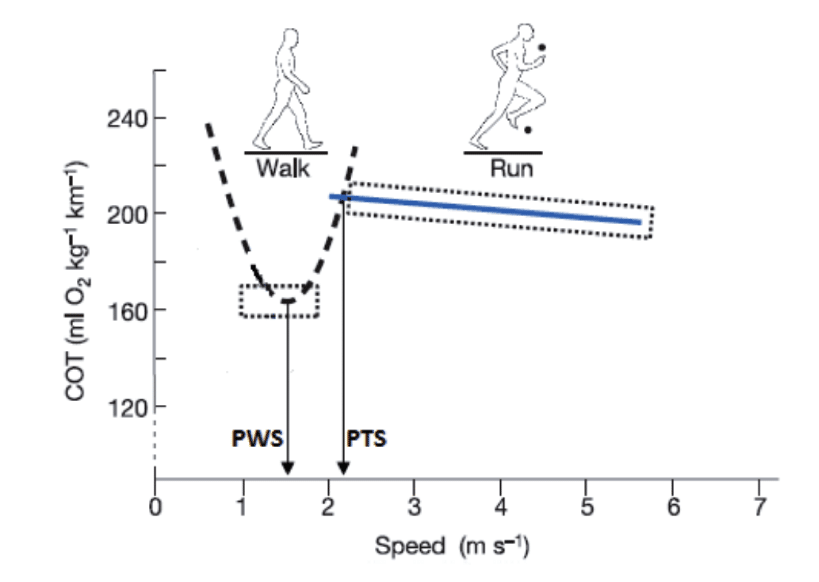
Figure 1- Representation of the metabolic cost of transport (COT) for walking and running as a function of speed. The vertical arrows represent the PWS and PTS. Adapted from Macmillan Publishers Ltd: NATURE. Bramble, D. M. & Lieberman, D.
So, what we know now is that from a preference standpoint, right around 17-18 min/mile is where people prefer to begin to run under level conditions. This also represents the point where running becomes preferable from an economy standpoint.
What we are learning about running and walking from CU’s steep treadmill
To assess when to run and when to walk under steeper conditions, the research team at CU brought in high caliber runners and tested them under different speeds at a 30 degree slope (or 58% grade). For context, a 30 degree slope is steeper than the infamous Manitou Incline and about equal to the slope of the vertical kilometer course in Fully, Switzerland where the current VK world record stands. Along with the metabolic data, they also collected EMG information to see how their muscles were working under those different conditions. Metabolically, all runners were more economical at speeds below .9 m/s (just under 30 minute miles). Meaning, on something ridiculously steep, all but the very best runners at the very highest speeds will be more economical walking vs. running.
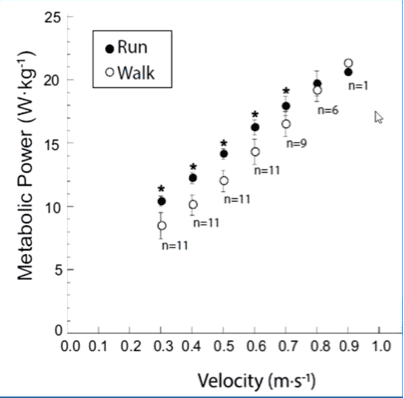
Figure 2- From Ortiz et al. Eur J Appl Physiol 117. 1869-1976, 2017
We also know from earlier data (see Figure 3 below) that when the vertical speed is kept constant, walking is more economical across a range of speeds (which are still ridiculously fast) and grades with exception for the trial that was done at a 10 degree slope (18% grade) at a speed of 2.14 m/s. To put that into context, that’s running a 12:30 min/mile pace up the back side of Hope Pass (which is slightly less than a 18% grade). In other words, really friggin fast and like the trials in the lab at CU, only apply to the fastest of runners on the steepest of grades.
► Free Ultrarunning Training Assessment Quiz
Take our free 2-minute quiz to discover how effective your training is and get recommendations for how you can improve.
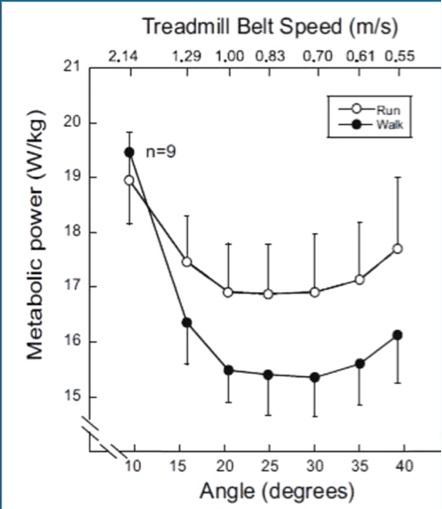
Figure 3- Giovanelli, et al. J Appl Physiol 120, 370-375. 2015
OK, so now we have a real rough picture to paint for all but the superhuman. What is starting to emerge, though, is that there is some combination of grade and speed at which it will be more economical to walk vs. run, and vice versa. We just don’t know exactly where that is at this point in time.
The Take Home Message
Here’s what we know and some reasonable assumptions-
Enjoying This Article? Get More Free Running Training Tips
Get our coaches' best training advice, delivered straight to your inbox weekly.
- There are certain combinations of grades and speeds where it will be more economical to walk vs. run and vice versa.
- We don’t know quite what those combinations are yet.
- A good run to walk transition point on flat, level ground is ~18:00 min miles. Meaning, if you are walking faster than that on flat ground, it’s more economical (costs less oxygen) to run. If you are running slower than that, it’s more economical to walk.
Admittedly, that’s not a lot to come up with any practical recommendations. I think we are a ways off from your GPS watch telling you when to walk and when to run (like HR or Pace zones can tell you when to speed up/slow down). But, I do have a few practical recommendations for all ultrarunners from the front to the back of the pack when you are choosing to run or walk.
- Practice walking in training. This is something I don’t think enough runners do. Particularly with the longer ultras with more elevation gain, walking is going to be a big part of your race plan. Just like nutrition, gear, etc., better practice it in training. So, if you have climbs available to you, it might make more sense to dial down the intensity and hike them in training, even though you run them if you wanted to.
- Use RPE during the race to determine when you are going to hike and when you are going to run. You should have a reasonable RPE plan going into any race. When executing that plan, hike when your RPE is getting too high (and hike slower if you need to) and run when you can keep your RPE in your desired range. Simple, but not easy!
- If you are ever in-between a hike and a run, hike if the race or the particular climb is longer and run if the race/climb is shorter. With the shorter climbs and/or races, you can take a bit of risk and run slightly harder during the uphill, knowing that there (likely) is a downhill on the other side where you can recover.
Special Thanks
Special thanks to our summer intern Jackson Brill for enlightening us on this topic.
References
- Characteristics of Preferred Gait Patterns: Considerations for Exercise Prescription – Scientific Figure on ResearchGate. Available from: https://www.researchgate.net/figure/Representation-of-the-metabolic-cost-of-transport-COT-for-walking-and-running-as-a_fig2_294873908 [accessed 5 Sep, 2019]
- Ortiz ALR, Giovanelli N, Kram R. The metabolic costs of walking and running up a 30-degree incline: implications for vertical kilometer foot races. Eur J Appl Physiol. 2017 Sep;117(9) 1869-1876. doi:10.1007/s00421-017-3677-y. PMID: 28695271.
- Giovanelli, N, Ortiz A, Henninger K, Kram R. Energetics of vertical kilometer foot races; is steeper cheaper? Journal of Applied Physiology. Feb 2016. https://doi.org/10.1152/japplphysiol.00546.2015

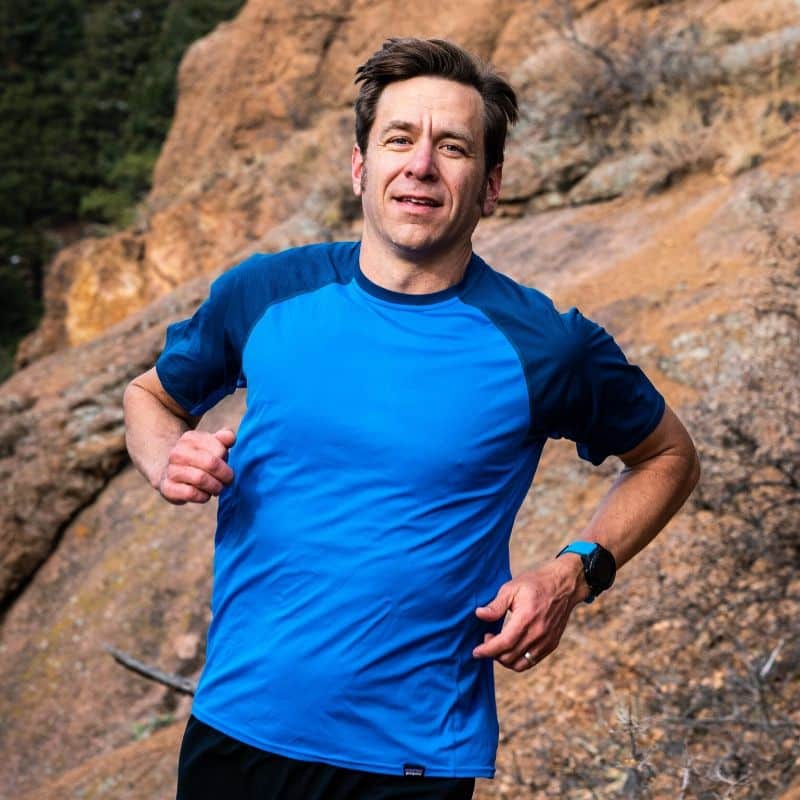
Comments 5
Pingback: Training to Run Uphill Faster - CTS
Thank you for putting this article together. The run/hike method is a huge part of my training plan for the 4 Deserts Grand Slam. I am glad to see trusted coaches like you presenting this as an option for ultra runners especially now that so many people are attempting to break into the sport. I think you have already covered this but I would be interested in your thoughts about cardiac output during desert stage racing.
I go by Karl Meltzer’s rule of them – speed hike at 4mph. For me it’s around 3.5 mph. Come to think of it, every time Karl has passed me in a race, I’m going 3.5 mph and he’s going 4mph!
Great reading your article as you run/hike into 16th place on the 2nd day of Tor de Geants! Hoping it’s not too rough out there…
Kate- I read this one immediately to be read for your questions 😊